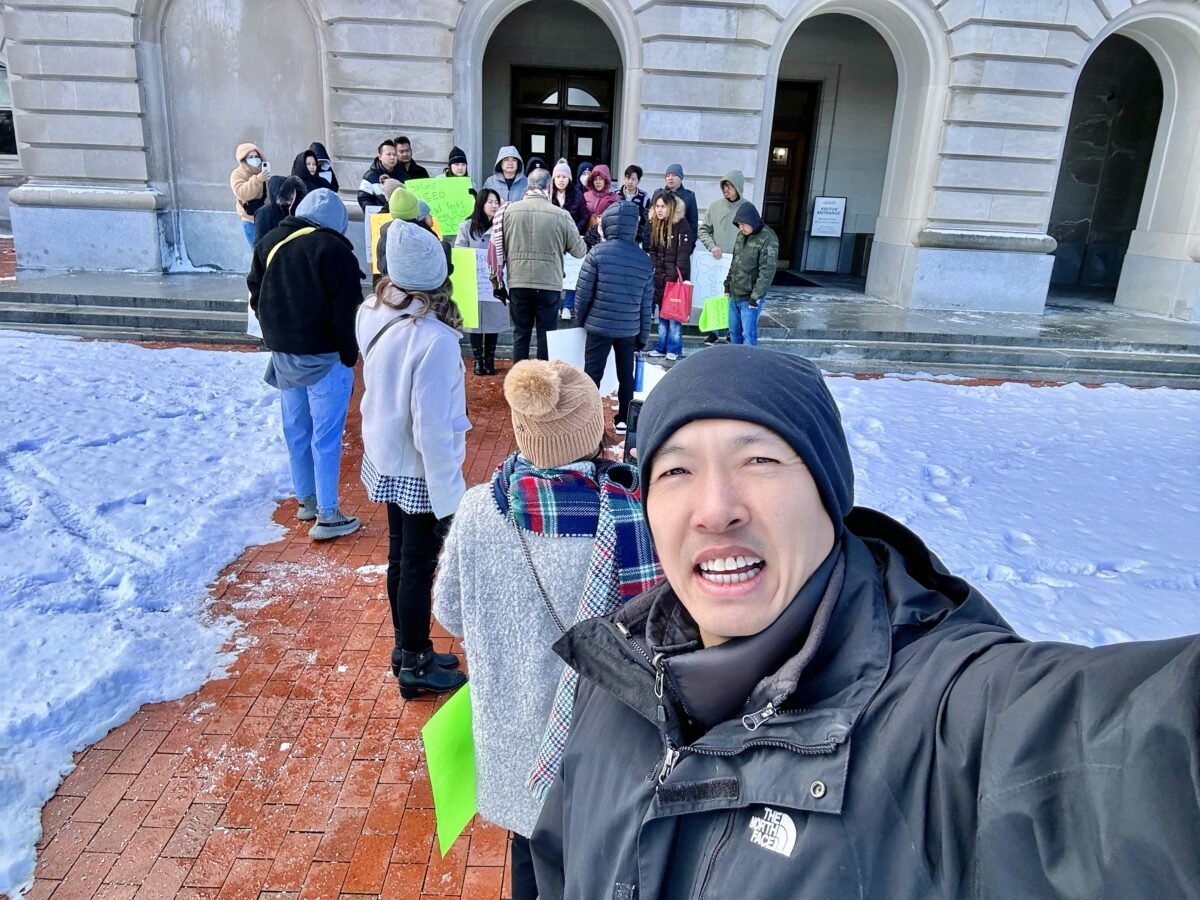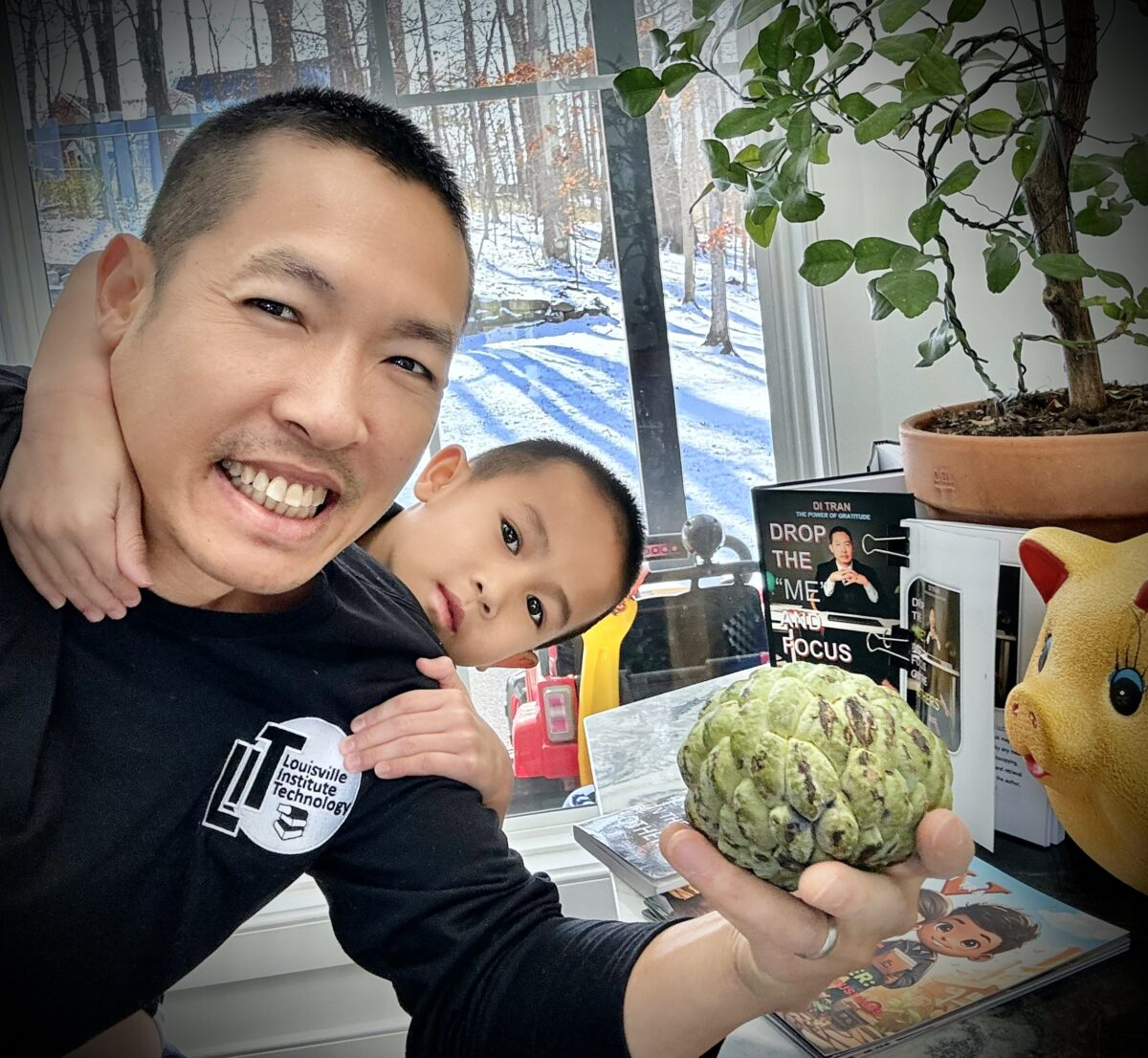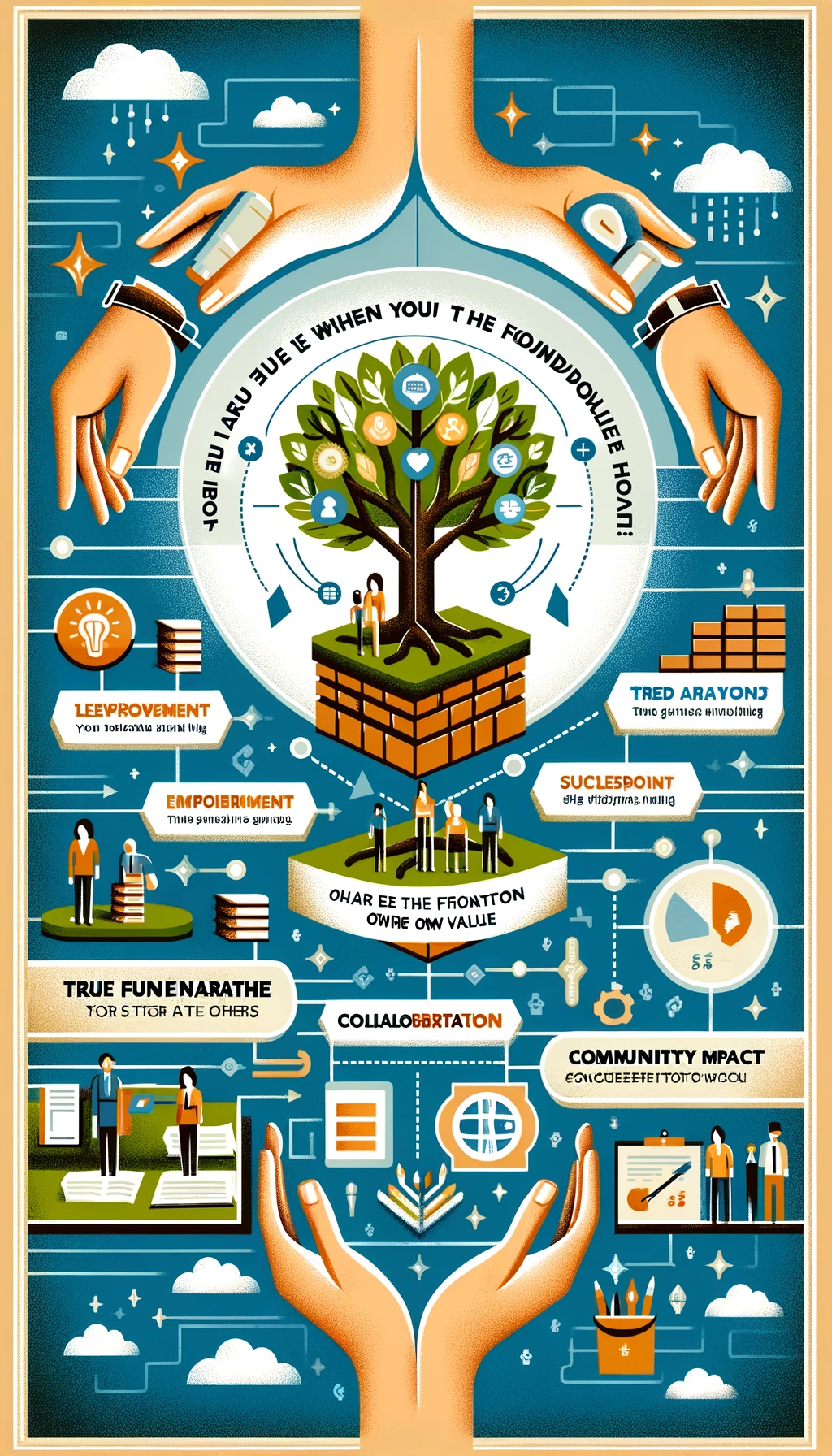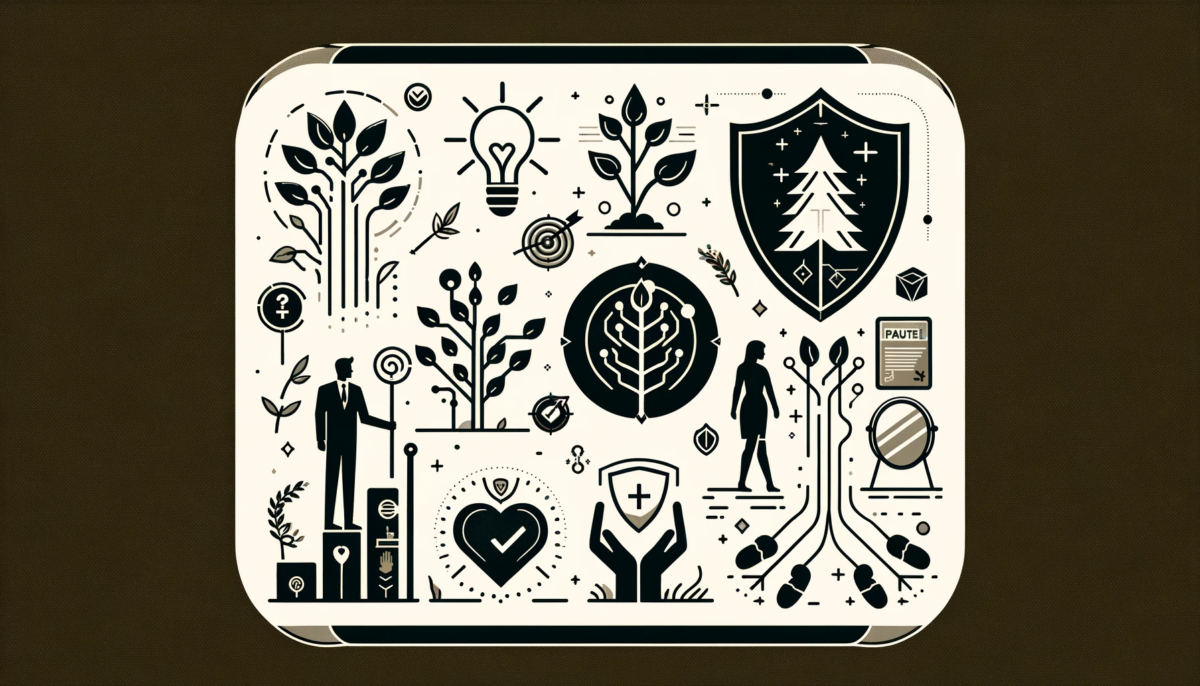On a brisk day in Kentucky’s capital, a diverse group of U.S. citizens and licensed beauty professionals, including Di Tran, President of the New American Business Association, participated in a peaceful protest. They were there to support Senate Bill 14, advocating for more inclusive representation in the state’s Board of Cosmetology. This bill symbolizes a significant step towards recognizing the contributions of all beauty industry professionals, including nail technicians and aestheticians.
Tran, along with his peers, stood in the cold not just for professional gain but as a testament to their love for their community and their country. The protest showcased the beauty of America’s democratic system, where peaceful assembly and petitioning for change are not just rights, but celebrated acts of civic engagement.
For Tran and many others, this was a moment of profound emotional and patriotic significance. It was a demonstration of the enduring spirit of the American dream – the belief that through hard work, dedication, and unity, positive change is achievable. The gathering illustrated the power of collective effort and the shared values of resilience, diversity, and inclusivity.
As Tran participated in this event, he reflected on the journey of immigrants in America, a journey characterized by challenges, adaptation, and contributions to the societal fabric. This protest was more than a political statement; it was a display of the fundamental American values of freedom, democracy, and the right to contribute to the betterment of society.
The sense of accomplishment and hope as the protest concluded was palpable. These individuals had come together not just as professionals but as Americans, united in their pursuit of a more inclusive and fair future. This event was a beautiful embodiment of democracy in action, a reminder of the power of peaceful advocacy, and a celebration of the love and unity that bind the American community.
P.S.: Many participants in the Kentucky State Capitol protest, while being licensed beauty professionals, also hold academic degrees, including bachelors, masters, and PhDs in engineering. Their involvement in the beauty industry goes beyond professional necessity; it’s a reflection of their love for the art, the opportunity to care and serve their community. These highly educated individuals find joy and pride in pampering their community through their salon businesses, showcasing a unique blend of technical expertise and a passion for service and ownership in the beauty sector.










